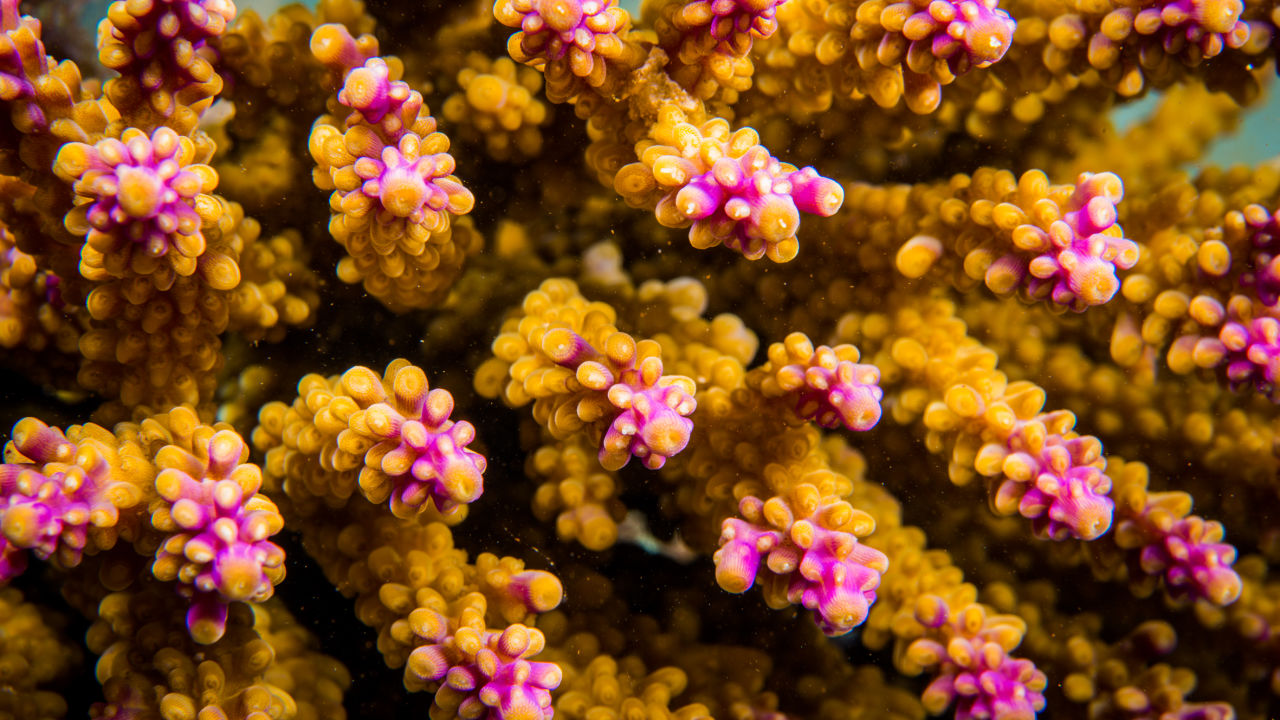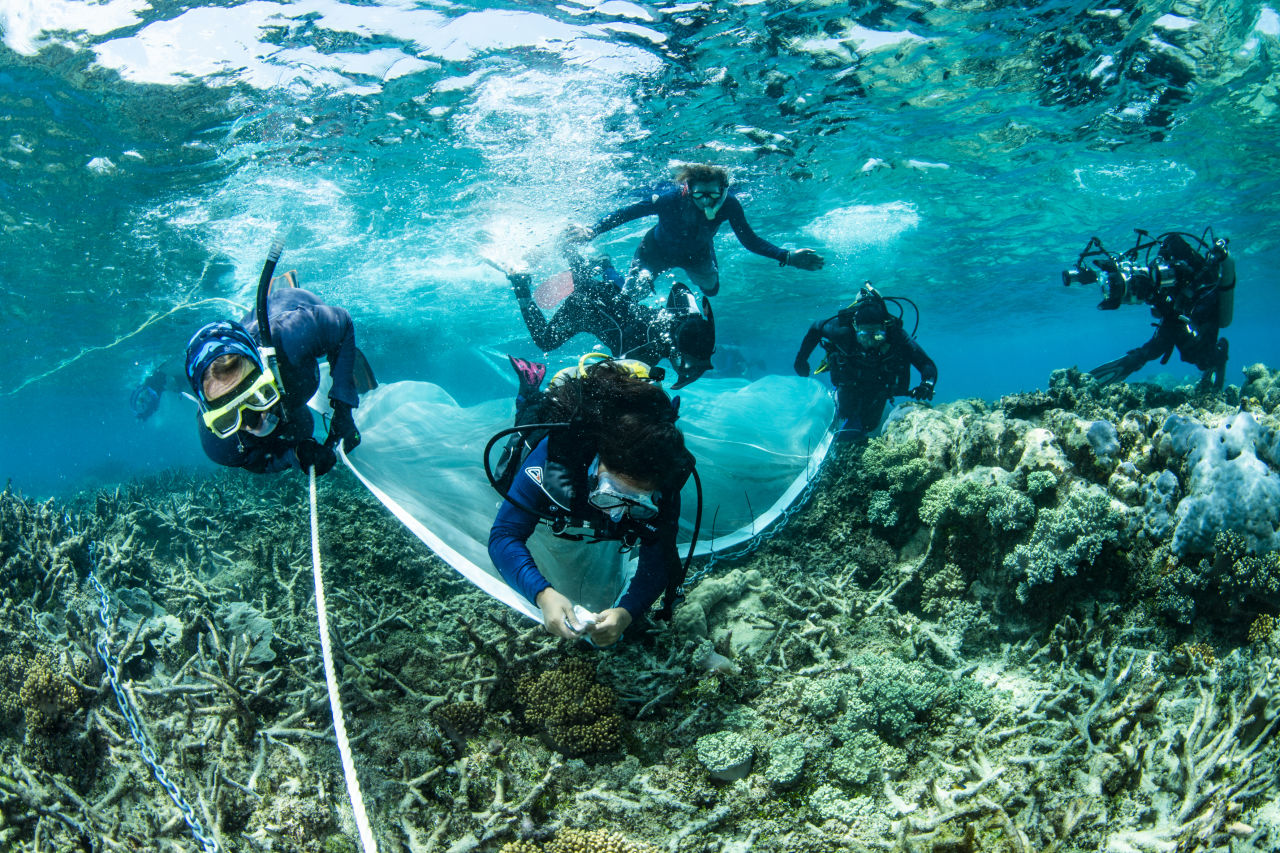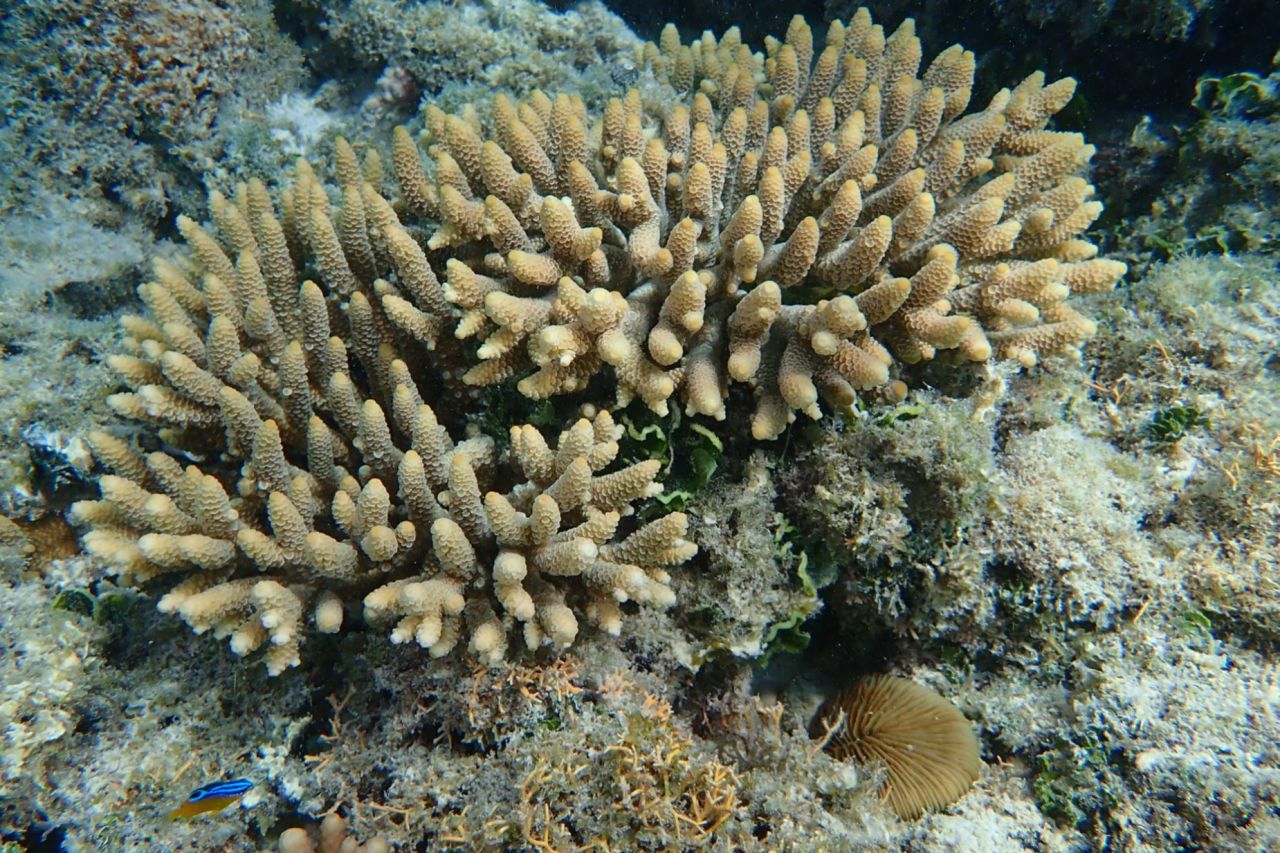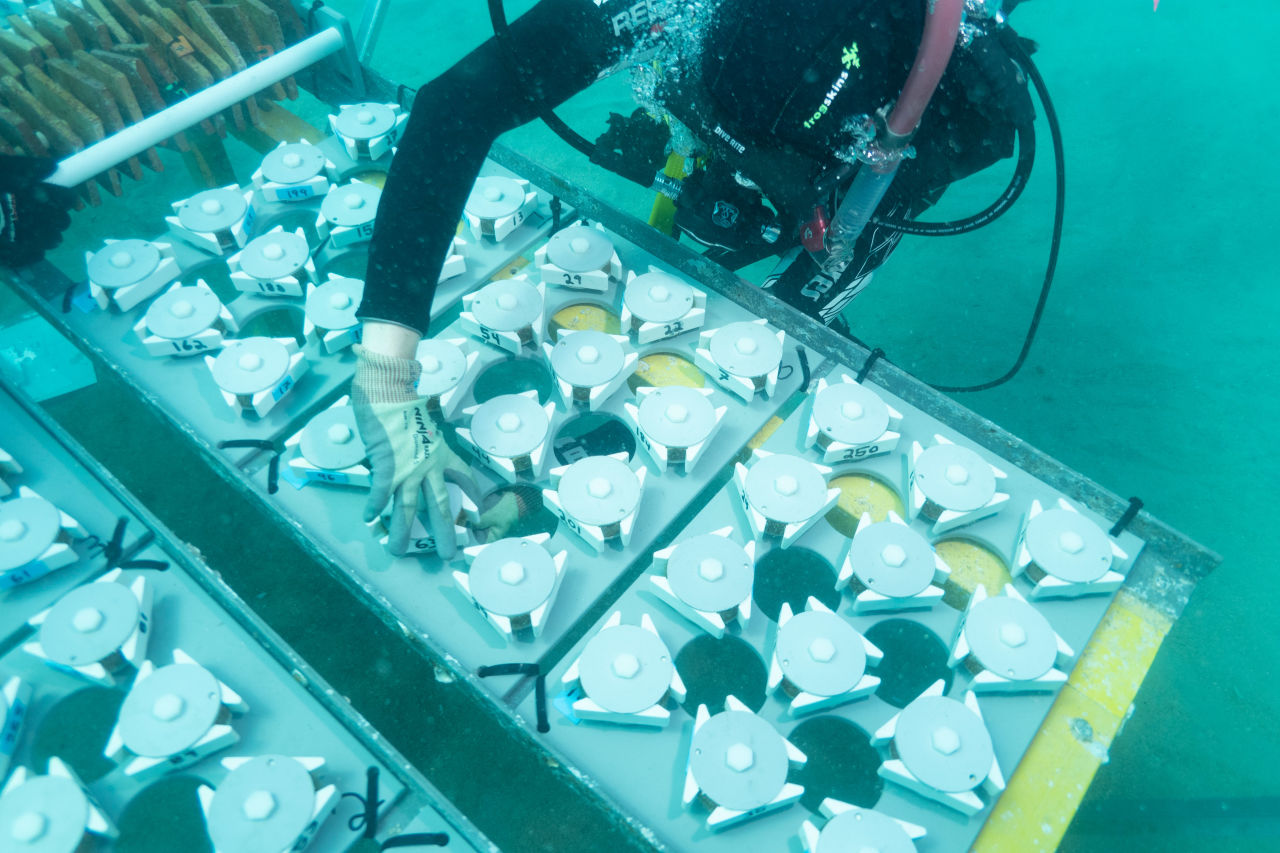News ·
Back to school: Our first Coral IVF babies turn five

Our first batch of Coral IVF babies, which we grew from microscopic larvae and planted on the Reef, recently turned five and we’re proud to report they’re top of their class.
Like the thousands of five-year-olds who started school this month across Australia, our coral babies are continuing to grow, develop and reach critical milestones.
So far these corals have grown bigger than dinner plates, survived severe coral bleaching events and started having babies of their own, giving hope that this innovative technique could successfully restore damaged reefs.
#What is Coral IVF?
Coral IVF is a world-leading technique to grow baby corals. Our researchers capture coral eggs and sperm, called spawn, from healthy reefs and rear millions of babies in specially-designed floating pools on the Reef and in tanks.
When they’re ready, we deliver them onto damaged reefs to restore and repopulate them.

Researchers deploying Coral IVF babies. Credit: Gary Cranitch, Queensland Museum
#Why are the first coral babies important?
In the summer of 2016/17, 22 large colonies of baby corals were planted on damaged reefs off Heron Island, 80 kilometres north-east of Gladstone.
The baby corals were tiny – barely the size of a matchhead – and researchers hoped they would attach to the reef and thrive.
Four years later in 2020, researchers returned to the site to check on the babies and were thrilled to discover they had survived a bleaching event and grown to maturity.
In 2021 the researchers visited again. This time they found that the coral babies had reproduced and spawned babies of their own – the first time a breeding population has been established on the Great Barrier Reef using this ground-breaking process.

The coral babies, pictured in 2020. Credit: Peter Harrison
#What’s next?
Coral IVF trials are continuing, helping researchers refine the technique and select reefs that will most benefit from this type of assistance.
Alongside this work, research is also underway to investigate growing corals in captivity and then deploying them into the wild.
On a recent trip to some reefs off Townsville, tiny baby corals were deployed inside specially designed predator-proof devices, designed to keep them safe while they grow.
The trial is part of the critical research and development work needed to understand more about coral survival rates in the first year of life, and how we can scale up reef restoration efforts.





